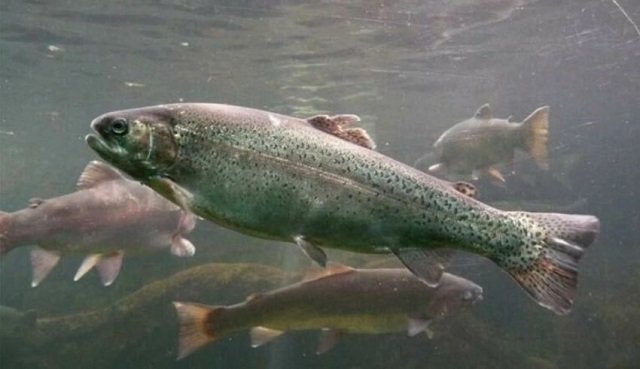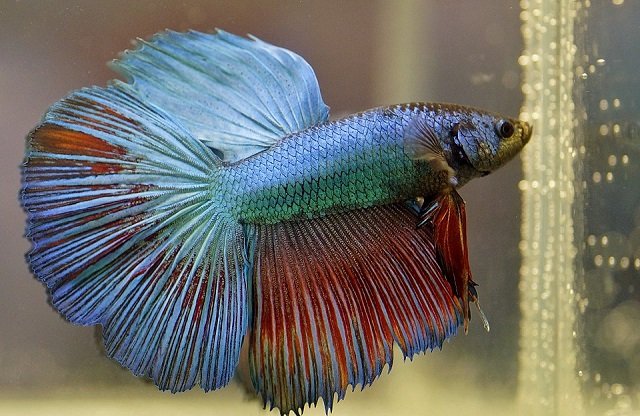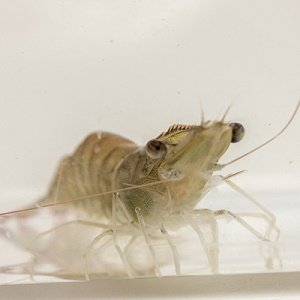
Climate change is transforming aquatic ecosystems, exposing fish to unprecedented challenges such as rising temperatures, frequent heat waves, and declining oxygen levels (hypoxia). These stressors often occur simultaneously, but their combined effects on fish physiology and survival remain poorly understood.
A recent study published by scientists at Memorial University of Newfoundland and Labrador on Atlantic salmon (Salmo salar) sheds light on how hypoxia and rising temperatures interact to affect cardiorespiratory function and thermal tolerance, offering critical insights into the vulnerability of fish populations in a changing climate.
The study: hypoxia and rising temperatures
The researchers studied the physiological responses of Atlantic salmon acclimated to 12 °C exposed to varying oxygen levels and increasing temperatures. The fish were subjected to three oxygen conditions: normoxia (100% air saturation), moderate hypoxia (75% air saturation), and severe hypoxia (50% air saturation). They then gradually warmed at a rate of 2 °C per hour until they reached their critical thermal maximum (CTMax), the temperature at which they could no longer maintain normal physiological function.
The capacity of fish
The results revealed marked differences in the ability of fish to cope with warming in different oxygen conditions. Fish in severe hypoxia (50% air saturation) experienced bradycardia (slower heart rate) and were unable to increase their heart rate (fH) as temperatures rose. This impaired response led to a significant reduction in metabolic scope (the capacity to increase metabolic activity) and a lower CTMax of 21.3 °C, compared to 26.1 °C for normoxic fish. Fish exposed to moderate hypoxia (75% air saturation) showed intermediate effects, with cardiorespiratory parameters and CTMax values falling between those of normoxic and severely hypoxic fish.
The role of cholinergic tone in cardiac function
To better understand the mechanisms behind these observations, the researchers explored the role of cholinergic tone (heart control by the parasympathetic nervous system) and adenosinergic effects (regulation of cardiac function mediated by adenosine) in severely hypoxic fish. Using pharmacological agents, they administered atropine (to block cholinergic tone) and 8-cyclopentyltheophylline (CPT; to block adenosine receptors) to fish exposed to 40% air saturation. CPT had little to no effect on cardiorespiratory parameters or thermal tolerance. However, atropine significantly increased the heart rate of hypoxic fish and allowed it to increase with temperature. While this initially seemed beneficial, it ultimately made the fish less tolerant to warming as their CTMax decreased. This suggests that cholinergic tone plays a protective role in severely hypoxic fish by preventing excessive cardiac strain during warming. Removing this protective mechanism compromises the heart’s pumping capacity, further reducing the fish’s ability to survive in warmer waters.
Implications for fish survival The findings highlight two critical points:
- Severe hypoxia increases vulnerability to heat waves: Fish in oxygen-depleted environments are much more susceptible to the effects of heat waves associated with climate change. Their reduced ability to increase heart rate and metabolic activity in warming conditions limits their ability to survive even modest temperature increases.
- Cholinergic tone as a protective mechanism: The study suggests that cholinergic tone in the heart is not abolished during warming in severely hypoxic fish, likely to protect cardiac function. Disrupting this mechanism exacerbates thermal intolerance, underscoring the delicate balance of physiological adaptations in fish.
Conclusion
As climate change continues to drive rising temperatures and deoxygenation in aquatic ecosystems, fish populations face a double threat that compromises their survival. This study on Atlantic salmon demonstrates how hypoxia and warming interact to impair cardiorespiratory function and reduce thermal tolerance, with cholinergic tone playing a crucial protective role.
These insights underscore the urgent need for conservation strategies that address both temperature and oxygen levels in aquatic habitats, particularly for species like Atlantic salmon that are already under pressure from environmental change. By understanding the physiological mechanisms at play, scientists and policymakers can better predict the impacts of climate change on fish populations and develop targeted interventions to safeguard aquatic biodiversity in a warming world.
Contact
A. K. Gamperl
Department of Ocean Sciences, Memorial University of Newfoundland and Labrador, St. John’s, NL. A1C 5S7. Canada
Email: kgamperl@mun.ca
Stay Always Informed
Join our communities to instantly receive the most important news, reports, and analysis from the aquaculture industry.
Reference (open access)
A. K. Gamperl, J. J. H. Nati, K. A. Clow, R. M. Sandrelli, L. Gerber, E. S. Porter, E. C. Peroni; It’s a good thing that severely hypoxic salmon (Salmo salar) have a limited capacity to increase heart rate when warmed. J Exp Biol 2025; jeb.249594. doi: https://doi.org/10.1242/jeb.249594
Editor at the digital magazine AquaHoy. He holds a degree in Aquaculture Biology from the National University of Santa (UNS) and a Master’s degree in Science and Innovation Management from the Polytechnic University of Valencia, with postgraduate diplomas in Business Innovation and Innovation Management. He possesses extensive experience in the aquaculture and fisheries sector, having led the Fisheries Innovation Unit of the National Program for Innovation in Fisheries and Aquaculture (PNIPA). He has served as a senior consultant in technology watch, an innovation project formulator and advisor, and a lecturer at UNS. He is a member of the Peruvian College of Biologists and was recognized by the World Aquaculture Society (WAS) in 2016 for his contribution to aquaculture.




